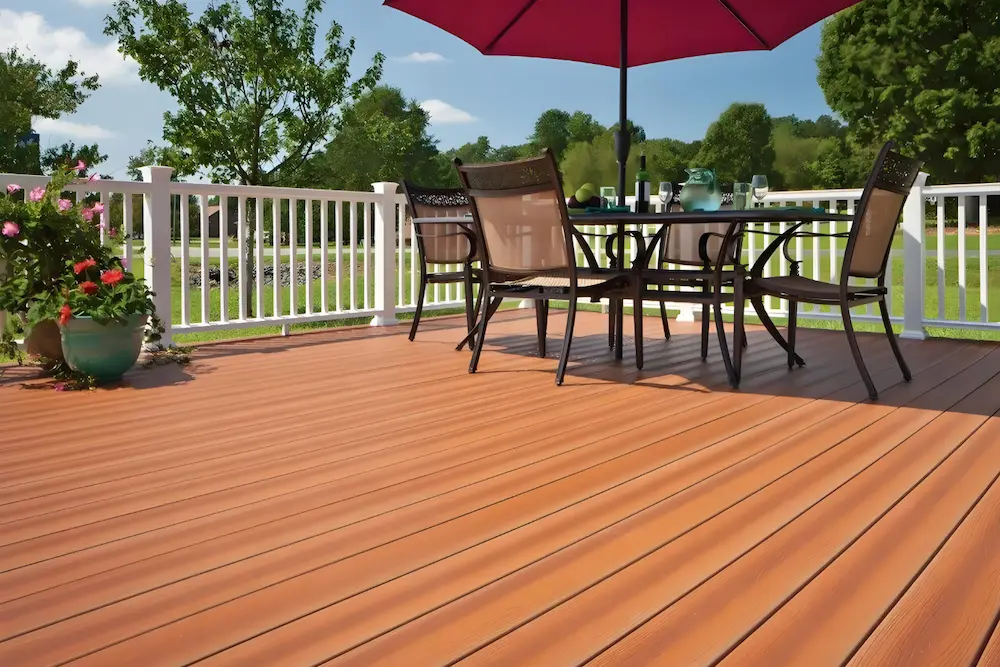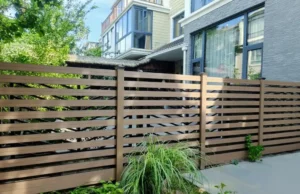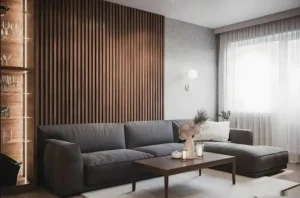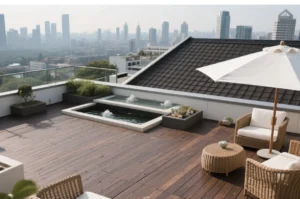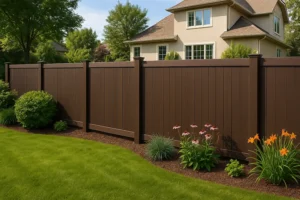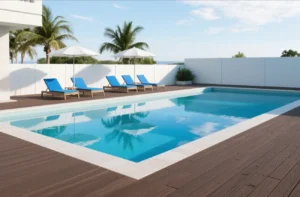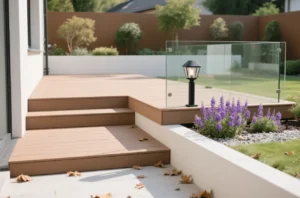As the world shifts toward sustainable solutions, the choice of building materials plays an increasingly crucial role in architecture and design. Among the most popular options are traditional wood and Wood-Plastic Composite (WPC) — each offering its own set of benefits. If you’re drawn to a warm, natural ambiance, wood might be your top pick. But if you value durability and low maintenance, WPC could be the smarter choice.
This guide breaks down the key characteristics of both materials to help you decide which suits your needs best — whether you’re planning to install a WPC wall panel, build a new deck, or choose fencing for your garden.
As for the specific differences between the products, you can check the comparison through WPC vs wood decking.
What Is WPC (Wood-Plastic Composite)?
WPC is a modern building material made by combining PVC or other plastics with wood fibers. It replicates the natural appearance of wood while offering superior durability and weather resistance — ideal for outdoor decking, fences, pool areas, and pathways.
In fact, WPC decking has become one of the most sought-after alternatives to timber flooring in outdoor spaces. Its resistance to rot, warping, and termites makes it an excellent choice for long-term use.
WPC can also be drilled, cut, and sanded like natural wood. Many contractors find that screws and nails actually hold better in WPC than in softwoods.
Key Advantages of Choosing WPC:
- Exceptional Durability: Withstands heat, cold, hail, and heavy use without cracking or warping.
- Eco-Friendly: Made from recycled materials, reducing environmental impact.
- Outdoor-Ready: Moisture-resistant and UV-stable — perfect for gardens, terraces, and balconies.
- Color Stability: Maintains appearance over time, even under harsh sun exposure.
What Is Traditional Wood?
For centuries, solid wood has been a cornerstone in construction. Known for its timeless beauty and natural charm, traditional wood includes varieties like oak, pine, cedar, and walnut, each with unique features and applications.
- Softwoods like pine and cedar are lightweight, easy to shape, and ideal for decorative work.
- Hardwoods like oak and walnut are dense, smooth, and suited for structural or high-load environments.
Wood’s natural variations — such as grain pattern and tone — make it a favorite for homeowners who want to bring a raw, organic feel into their space.
Core Benefits of Traditional Wood:
- Authentic Natural Texture: Highlights real wood grain and traditional tones.
- Easy to Source: Widely available in most regions.
- Repairable: Can be refinished, sanded, or stained to restore its original look.
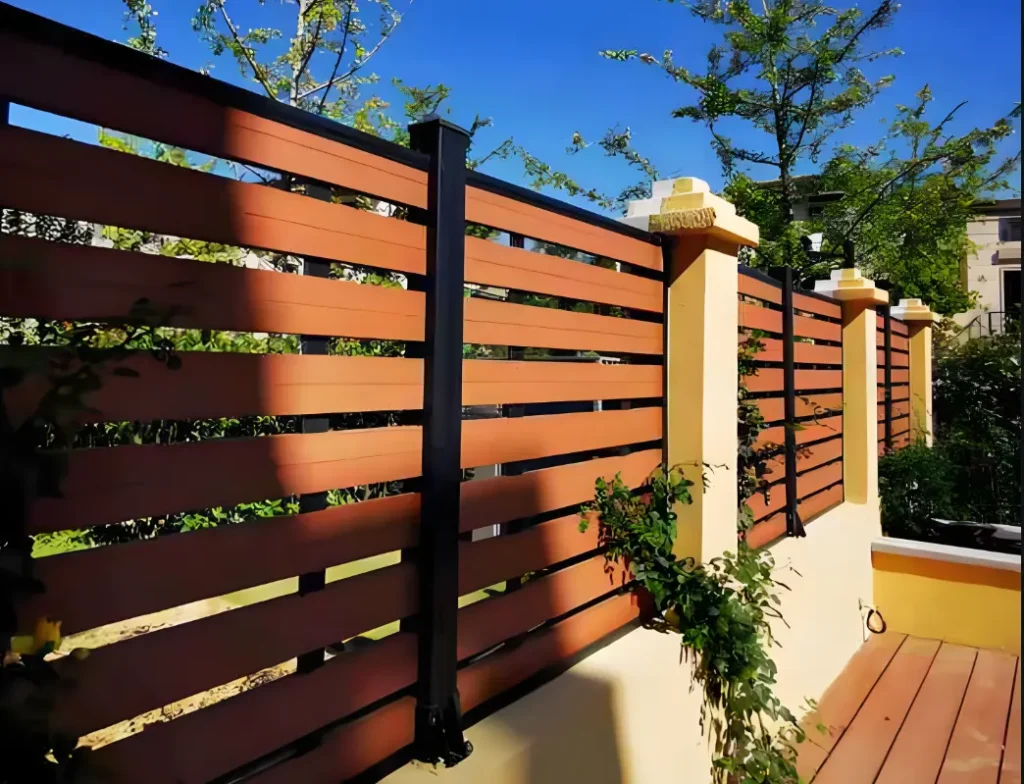
WPC vs. Wood: A Comparison Across Key Dimensions
Let’s explore the six core factors that distinguish WPC from natural wood, helping you make a more informed decision for your project — whether you’re building a deck, fence, or interior wall cladding.
1. Durability: WPC Wins for Long-Term Use
WPC offers resistance to termites, mold, moisture, and heat, all of which are common threats to traditional wood. This makes it especially suitable for WPC fence types that are exposed to constant weather changes.
Brands like Gladol offer WPC wall panels and decking solutions that come with warranties of up to 10–20 years — far outlasting most untreated wood products.
2. Sustainability: WPC Is More Eco-Conscious
WPC is made from recycled wood fibers and plastics, reducing deforestation and landfill waste. It’s a material aligned with modern sustainability goals.
Traditional wood, while biodegradable, often contributes to logging-related environmental issues unless harvested through certified sustainable forestry.
3. Maintenance: WPC Is Low-Maintenance
WPC requires very little upkeep — simply wash with soap and water once or twice a year. There’s no need to paint, seal, or stain.
In contrast, natural wood fences, decking, and panels require ongoing maintenance to prevent rot, discoloration, and insect damage.
4. Cost: WPC Is More Cost-Effective Over Time
Although the initial cost of WPC can be slightly higher, the long-term savings are substantial due to:
- Extended lifespan
- Minimal maintenance costs
- Fewer replacements and repairs
Whether you install a WPC fence system or build a privacy decking flooring, the return on investment is higher over time.
5. Aesthetics and Flexibility: Depends on Your Style
WPC offers a uniform look with a range of modern finishes and color options. It blends easily with most contemporary designs and is commonly used in fences, exterior siding, and WPC wall panel systems.
Wood, on the other hand, wins when it comes to natural character — no two planks are alike, which adds depth and authenticity to rustic or traditional spaces.
6. Installation: Stability vs. Flexibility
WPC is structurally stable and less prone to expansion and contraction, making it suitable for large outdoor installations. It’s ideal for WPC decking projects in climates with temperature swings.
WPC decking is also easier to install, homeowners can DIY step by step by step according to the WPC decking installation guide.
Wood can be more flexible during installation, especially when adapting to complex designs. However, post-installation maintenance is a bigger concern with natural wood.
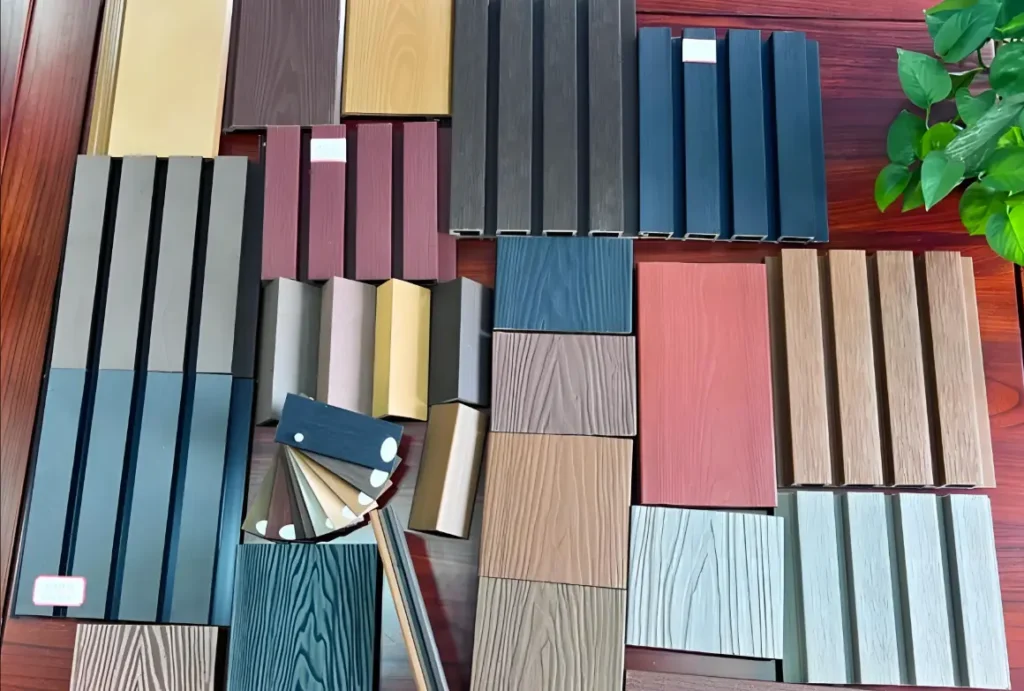
Final Thoughts: Choose Based on Your Project Needs
WPC stands out for its longevity, eco-friendliness, and minimal upkeep, making it a strong alternative to wood — particularly in outdoor and moisture-prone environments.
If you’re deciding between materials for your next project — whether it’s a new deck, fence, or wall panel system — think about durability, budget, maintenance, and overall design preference.
For those seeking a long-lasting, termite-resistant, and stylish solution, Gladol’s WPC product range, including their modern WPC fence, is worth exploring. And if you prefer classic beauty and hands-on craftsmanship, traditional wood will always have a place in design.

